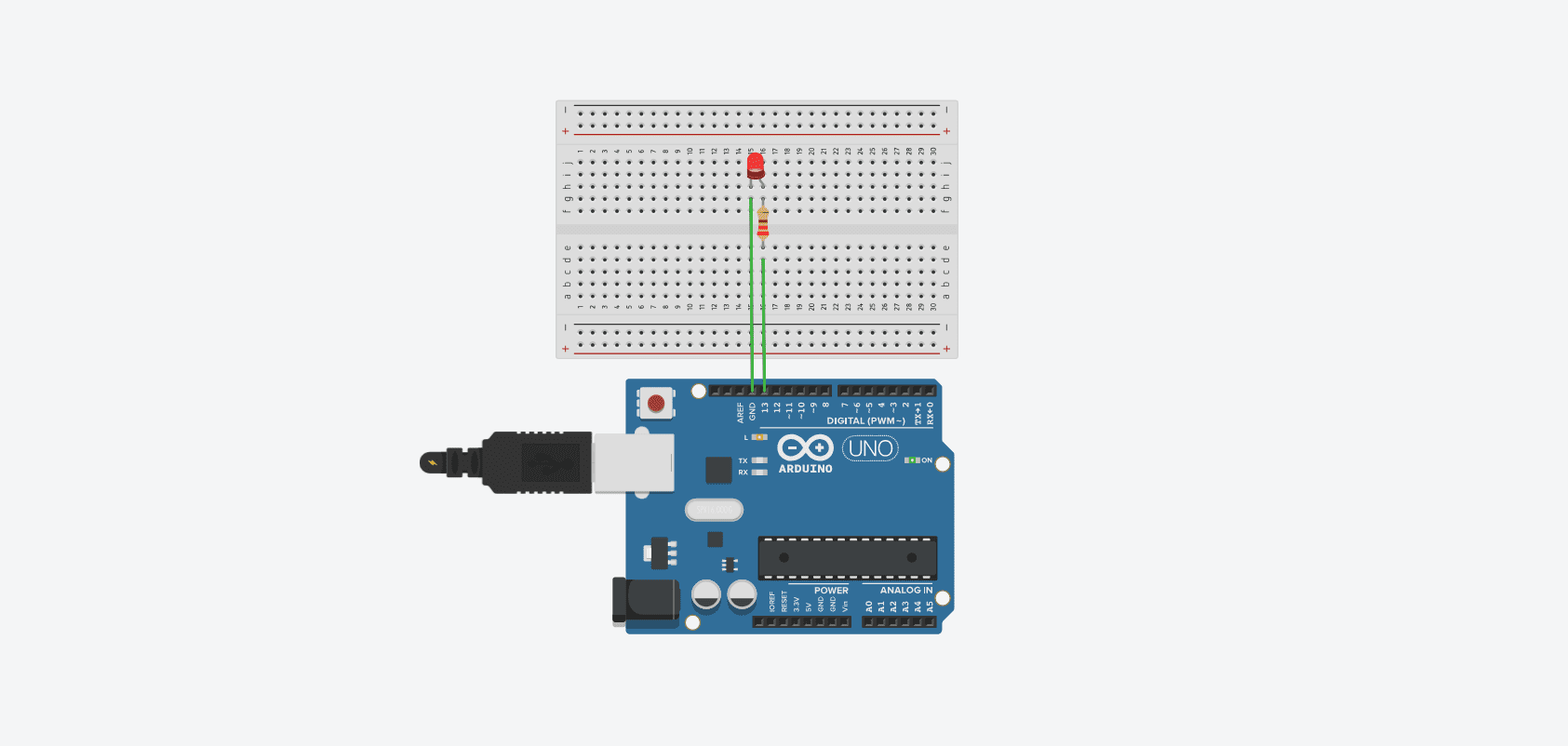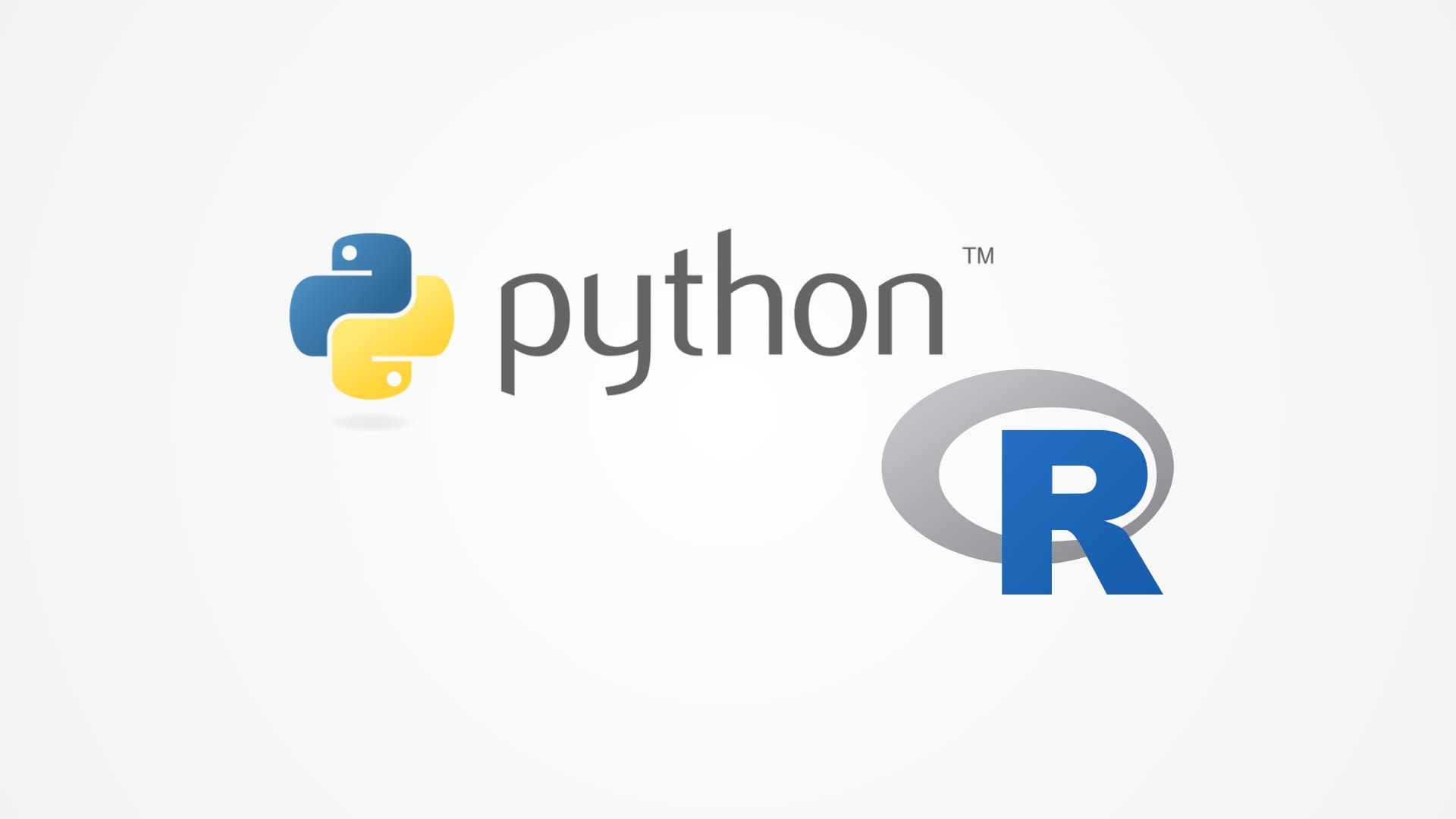User permissions in Linux are a cornerstone of the operating system’s security model, controlling who can access, modify, or execute files and directories. Properly managing these permissions is crucial, especially in multi-user environments, as it prevents unauthorized access and protects sensitive data. Understanding how permissions work and how to manipulate them effectively can empower users, administrators, and developers to secure their systems.
This guide will walk you through the basics of Linux user permissions, explain the different types of permissions, and demonstrate how to view and modify them using common commands. Whether you are a beginner or looking to refine your Linux skills, this article will provide a comprehensive overview of how to manage user permissions effectively.
The Basics of Linux Permissions
In Linux, each file and directory is associated with three categories of permissions: read, write, and execute. These permissions determine the level of access granted to three classes of users:
- Owner (User): The individual user who owns the file or directory.
- Group: A set of users who share access rights.
- Others (World): All other users on the system.
Permissions are displayed in symbolic form using the ls -l command. Here’s an example of what you might see:
-rwxr-xr--This output breaks down as follows:
-: Indicates that it is a regular file. Other possible symbols aredfor directories andlfor symbolic links.rwx: The first set of three characters shows the owner’s permissions (read, write, execute).r-x: The second set shows the group’s permissions (read and execute).r--: The third set shows the permissions for others (read only).
Understanding Read, Write, and Execute Permissions
- Read (
r) Permission: Allows viewing or listing the contents of a file or directory. - Write (
w) Permission: Allows modifying the contents of a file or adding/removing files in a directory. - Execute (
x) Permission: Allows running a file as a program or accessing a directory.
For directories, these permissions work slightly differently:
- Read (
r) on a Directory: Allows viewing the file names in the directory. - Write (
w) on a Directory: Allows creating, deleting, or renaming files within the directory. - Execute (
x) on a Directory: Allows entering the directory and accessing its contents.
Understanding these permissions is essential for managing access to files and directories effectively.
Viewing Permissions with ls -l
To view the permissions of files and directories, use the ls -l command in the terminal:
ls -lExample output:
-rw-r--r-- 1 john staff 2048 Sep 16 09:00 example.txtIn this example:
-rw-r--r--: Represents the permissions (read and write for the owner, read-only for the group and others).1: Number of hard links to the file.john: The owner of the file.staff: The group associated with the file.2048: File size in bytes.Sep 16 09:00: Last modified date and time.example.txt: Name of the file.
This information provides a detailed overview of who can access or modify the file, helping you identify potential security risks.
Modifying Permissions with chmod
The chmod command (change mode) is used to modify file and directory permissions. You can set permissions using either symbolic or numeric (octal) notation.
Using Symbolic Notation
Symbolic notation uses letters to represent the user class and the permissions you want to add (+), remove (-), or set (=):
u: Owner (user)g: Groupo: Othersa: All (user, group, and others)
Examples:
- Adding Execute Permission for the Owner:
chmod u+x script.sh- Removing Write Permission for Others:
chmod o-w file.txt- Setting Read and Write Permissions for All:
chmod a+rw document.txtUsing Numeric (Octal) Notation
Numeric notation uses numbers to represent permissions:
4: Read (r)2: Write (w)1: Execute (x)
Combine these numbers to set permissions for each user class. For example, chmod 755 sets the permissions as follows:
- Owner: Read (4) + Write (2) + Execute (1) = 7
- Group: Read (4) + Execute (1) = 5
- Others: Read (4) + Execute (1) = 5
Examples:
- Setting Permissions to
755:
chmod 755 script.shThis command grants full permissions to the owner, and read/execute permissions to the group and others.
- Setting Permissions to
644:
chmod 644 file.txt- This command sets read/write for the owner and read-only for the group and others.
Changing File Ownership with chown
The chown command (change owner) is used to change the ownership of files and directories. This command is crucial when managing permissions across different users and groups.
Syntax:
chown [owner]:[group] filenameExamples:
- Changing the Owner of a File:
chown john file.txt- Changing the Owner and Group:
chown john:staff project/Use sudo with chown if you do not have sufficient permissions to change ownership. Changing file ownership is essential when transferring files between users or setting up shared access in group environments.
Advanced Permission Settings: setuid, setgid, and Sticky Bit
Beyond the basic read, write, and execute permissions, Linux provides special permissions that offer additional control over how files and directories are accessed. These special permissions are setuid, setgid, and the sticky bit. Understanding and using these permissions effectively can enhance security and functionality in specific scenarios.
1. setuid (Set User ID)
The setuid permission allows users to execute a file with the permissions of the file’s owner, rather than their own. This is commonly used on executable files to grant temporary elevated privileges needed for specific tasks.
- Usage:
setuidis often used with system binaries that require root privileges, such as/usr/bin/passwd, allowing regular users to change their passwords without having direct root access. - Symbolic Representation: When
setuidis set, the execute (x) bit for the owner is replaced with ans, e.g.,rwsr-xr-x.
Setting setuid:
chmod u+s executable_fileExample:
chmod u+s /usr/local/bin/myscriptThis command sets the setuid bit on myscript, allowing it to run with the owner’s permissions.
2. setgid (Set Group ID)
The setgid permission, when applied to a file, allows users to execute the file with the permissions of the file’s group. When applied to a directory, it ensures that files created within the directory inherit the group of the directory, rather than the user’s primary group.
- Usage:
setgidis useful for collaborative environments where files need to maintain consistent group ownership, such as shared project directories. - Symbolic Representation: When
setgidis set, the execute (x) bit for the group is replaced with ans, e.g.,rwxr-sr-xfor directories.
Setting setgid:
chmod g+s directory_nameExample:
chmod g+s /shared/projectThis command sets the setgid bit on the /shared/project directory, ensuring all files within inherit the group of the directory.
3. Sticky Bit
The sticky bit is primarily used on directories to restrict file deletion. When set on a directory, only the file’s owner, the directory’s owner, or the root user can delete or rename files within that directory. This is commonly used on shared directories like /tmp to prevent users from deleting each other’s files.
- Usage: Sticky bit is essential for maintaining order and security in shared directories.
- Symbolic Representation: When set, the sticky bit is represented by a
tat the end of the permission string, e.g.,rwxrwxrwt.
Setting the Sticky Bit:
chmod +t directory_nameExample:
chmod +t /shared/tempThis command sets the sticky bit on the /shared/temp directory, ensuring users can only delete their own files within it.
Practical Examples of Managing Permissions
Understanding how to apply and modify permissions is key to managing a secure and efficient Linux environment. Here are some practical scenarios to demonstrate how permissions are used in real-world situations:
Scenario 1: Setting Up a Shared Project Directory
Imagine you are setting up a shared directory for a development team working on a project. You want to ensure that all files created within this directory are accessible to all team members without manual permission adjustments.
Steps:
- 1. Create the Directory:
mkdir /shared/project- 2. Set Group Ownership and
setgid:
chown :developers /shared/project
chmod 2775 /shared/projectchown :developers /shared/project: Changes the group ownership to developers.
chmod 2775 /shared/project: The 2 sets setgid, ensuring files created inherit the directory’s group, and 775 sets read, write, and execute permissions for the owner and group.
Scenario 2: Secure Script Execution with setuid
Suppose you have a script that requires root privileges to run but do not want to give users direct access to the root account.
Steps:
- 1. Create the Script and Set Ownership:
sudo chown root:root /usr/local/bin/special_script- 2. Set
setuid:
sudo chmod 4755 /usr/local/bin/special_scriptThis sets the setuid bit (4) along with standard permissions (755), allowing the script to run with root permissions when executed.
Scenario 3: Securing a Public Directory with Sticky Bit
You manage a public upload directory where users can add files, but you need to prevent them from deleting files owned by others.
Steps:
- Create the Directory and Set Permissions:
mkdir /public/uploads
chmod 1777 /public/uploadschmod 1777 /public/uploads: The 1 sets the sticky bit, and 777 sets full access for all users but restricts file deletion to the file’s owner.
Troubleshooting Common Permission Issues
Even with a solid understanding of permissions, issues can arise. Here are some common problems and how to resolve them:
- Permission Denied Error: This usually occurs when the user lacks sufficient permissions to access a file or directory. Use
ls -lto check permissions andchmodorchownto adjust them as needed. - Command Not Found: This may be due to a missing execute permission on a script. Use
chmod +x script.shto add execute permission. - Unauthorized File Deletion in Shared Directories: Ensure the sticky bit is set on shared directories with
chmod +t directory_name.
By regularly reviewing and managing permissions, you can maintain a secure and efficient environment for all users.
Conclusion
Linux user permissions are a critical aspect of system administration, providing the ability to control access to files and directories in a granular manner. By understanding and effectively using basic permissions, special permissions (setuid, setgid, and sticky bit), and ownership controls, you can enhance the security and functionality of your Linux environment.
Whether setting up shared directories, securing scripts, or troubleshooting access issues, mastering user permissions will empower you to manage Linux systems confidently and securely. Regular practice and familiarity with these concepts will make you adept at maintaining an organized and protected file system.








